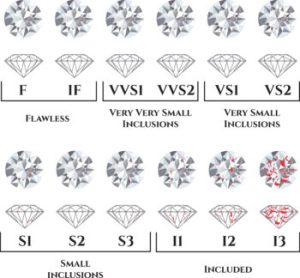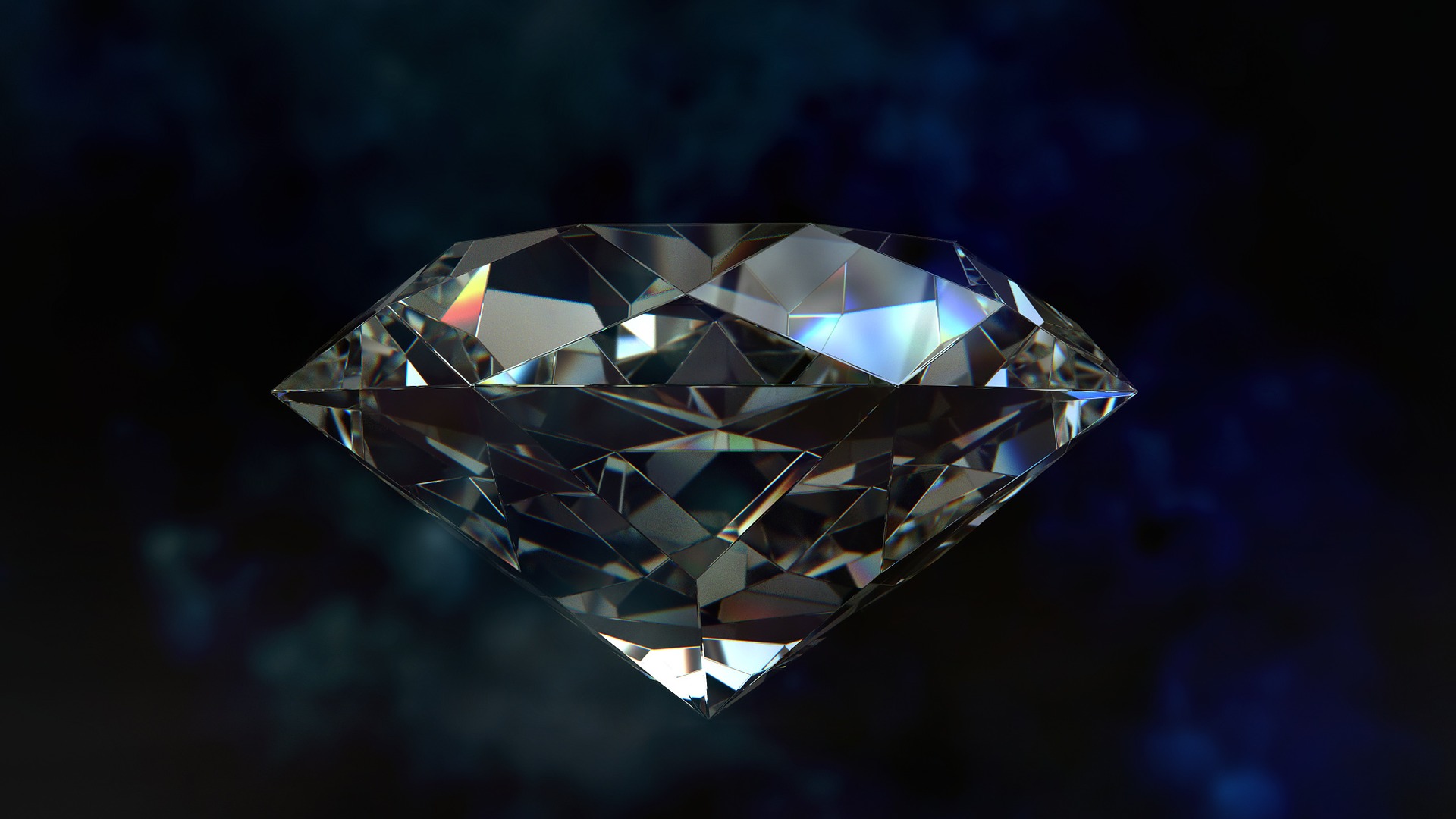Anania Family Jeweller’s Guide to SI1 and SI2 Diamonds

SI1 and SI2 clarity diamonds fall in that sweet spot where affordable prices meet acceptable quality. And while this doesn’t sound particularly romantic or prestigious, for anyone looking for a good-looking and budget-friendly diamond, SI1 and SI2 are often the way to go.
Diamond clarity, one of the four major Cs of the diamond industry, indicates how clear a stone is of any internal imperfections.
These imperfections can be various blemishes, grains, spots, and other inclusions that tarnish the otherwise crystal-clear look of the diamond. The fewer and smaller these inclusions are, the higher rated the stone is and vice versa.
The basic diamond clarity grading used by most gemological institutes are as follows:
- IF (Internally flawless) and FL (Flawless) stones are completely clear.
- VVS1 and VVS2 (Very Very Slightly Included) diamonds have minor inclusions that are only visible under strong magnification.
- VS1 and VS2 (Very Slightly Included) diamonds have inclusions that are also only visible under magnification.
- SI1 and SI2 (Slightly Included) diamonds have more prevalent inclusions that may or may not be visible to the naked eye. That last part depends mostly on whether the inclusions are coloured and clustered together. This isn’t accounted for in the grading, which means that some SI1 & SI2 diamonds can be clear to the eye, while others are not.
- I1, I2 & I3 (Included) diamonds have visible inclusions.
So, in short, SI1 and SI2 diamonds fall near the bottom of the grading scale, just above the Included grades. SI1 and SI2 stones are ones that are significantly cheaper than VS and VVS diamonds but – when chosen carefully – can still be eye-clean.
And since, for most people, the driving factor of clarity is that the diamond should be eye-clean, this makes SI1 and SI2 the ideal ranges for a budget purchase.
Anania’s quick breakdown above probably makes it clear that an SI1 diamond is considered of a higher quality than an SI2 diamond. However, this doesn’t mean that every SI1 stone is categorically better than an otherwise similar SI2 diamond.
As we said, the official clarity grading doesn’t account for the colour of the different inclusions nor does it consider their positions inside the diamond.
Several dark brown inclusions that are clustered together near the centre of the diamond’s table will be visible even if the diamond is of SI1 clarity on paper.
On the other hand, several dispersed and colourless inclusions that are situated near the pavilion of the diamond will be invisible to the naked eye even if the diamond is technically of SI2 grading.
Simply put, the most important factor is that the diamond is eye-clean. SI2 is typically cheaper than SI1, so if you’ve found an eye-clean SI2 stone then there’s little reason to look for a comparable SI1 diamond.







